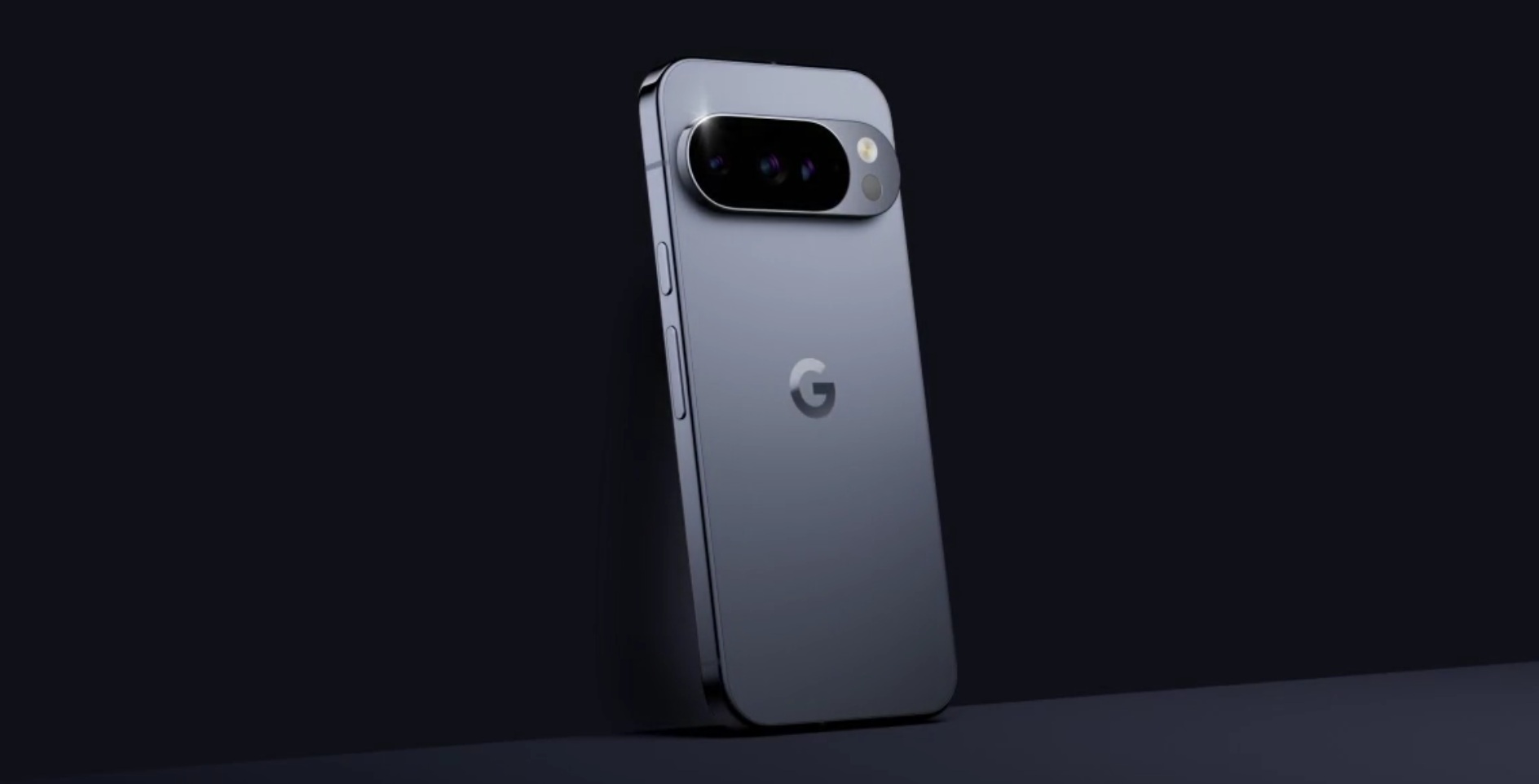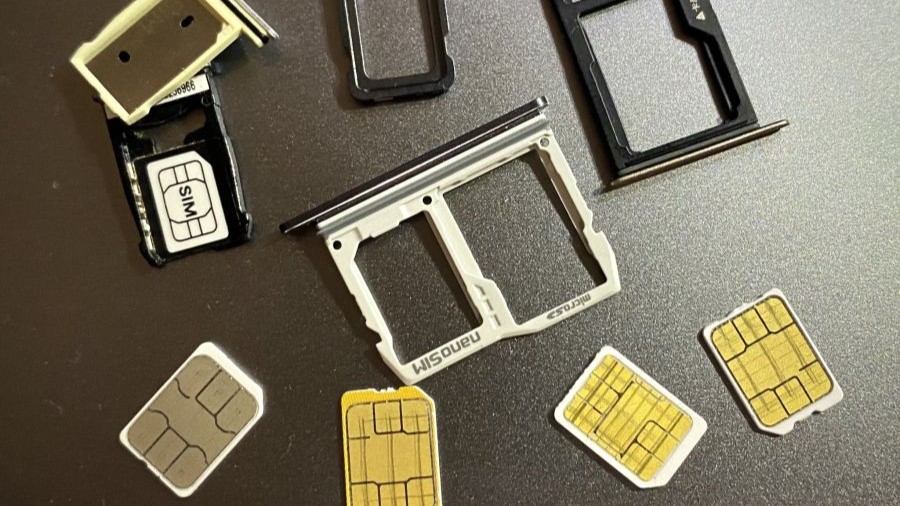Tech Talk: Everything you need to know about eSIM
Love it or hate it, you'll likely use an eSIM soon.

Welcome to Tech Talk, a weekly column about the things we use and how they work. We try to keep it simple here so everyone can understand how and why the gadget in your hand does what it does.
Things may become a little technical at times, as that's the nature of technology — it can be complex and intricate. Together we can break it all down and make it accessible, though!

How it works, explained in a way that everyone can understand. Your weekly look into what makes your gadgets tick.
You might not care how any of this stuff happens, and that's OK, too. Your tech gadgets are personal and should be fun. You never know though, you might just learn something ...
What is an eSIM?

The word "eSIM" stands for embedded subscriber identity module, and it's the perfect name to describe what it is and what it does. It identifies who you are and stores information about your carrier account.
Now it's rumored that Google will do the same thing with the Pixel 10 series, which means most other phone makers will likely soon follow.
An easy explanation is that the eSIM is a chip inside your phone that replaces the little plastic card you normally get from your carrier and need to put inside your phone. You need it to have normal phone and data service, and without one, you can usually only call the emergency number (911 in the U.S.).
The old "normal" way used a small memory chip on the card itself and some circuitry inside your phone to read what is written on it. This includes all your account information, your phone identity, and it can often hold other data about contacts or a locking mechanism to make sure nobody can use your cell plan without knowing a code.
Get the latest news from Android Central, your trusted companion in the world of Android

When using an eSIM, the memory is inside the phone itself, and you don't need a plastic card. Software can write to that memory, and your phone can then read it the same as if it were removable.
As far as the technology, it's better in every conceivable way. You can automatically switch information or use a better APN (access point name) for the best service.
Is Android ready for eSIM?

Yep! Android 14 and up provide everything you'll need to seamlessly use an eSIM. It also makes it easy to set one up and switch to a different carrier if you ever want or need to.
Companies that make phones like the idea of the eSIM for another reason, too: it offers one less place for liquid to get inside and makes it easier to build a "waterproof" device. That, and it saves them money; when you build millions of a thing, saving 0.05 cents per unit adds up.
Phone carriers are another story. In the U.S., the iPhone 14 was an eSIM-only device, and that caused a lot of headaches for a lot of people when it was time to set up their new phone. Things are a lot "better" now, and carriers love the idea of using an eSIM even if they still struggle with the process a little bit.
Why carriers love eSIM

In theory, you should be able to do something like scan a QR code, wait five minutes, and use your phone. All the data that needs to be written to the eSIM comes from the carrier, and it can be done wirelessly. I like the way that Google Fi does it; the company has your details, and all you need to do is check a box in the app and wait a few minutes.
That highlights why carriers are behind the idea. They get even more control over your phone.

You can install and set up a physical SIM card yourself. A little bit of Googling will tell you what numbers to put in what places in your phone settings, and unless you're trying to use a stolen phone or one blacklisted by a carrier, it will work.
With an eSIM, you ask the carrier if they will do this for you. Whether you do it by scanning a code, using an app, or visiting a store, you still need to a carrier to do everything. If you enter any numbers yourself, they can be overwritten. And they will be unless they are the numbers the carrier wants you to use.

Your carrier should have no problem doing this. It's how they provide service and collect payment. When you want to switch carriers and stop those payments, things could be different.
More realistically, they can do things like try to offer you discounts if you sign a new contract or tell you they need you to finish your billing cycle before they can proceed.
Those kinds of tactics are effective. That's why you see horror stories about trying to cancel a Comcast or Time Warner subscription.
Is it all bad?

For most people, none of this will make any difference. You've picked a carrier because you like the level of service or the price it offers, and you will probably never switch. When you get a new phone, the carrier will quickly do what's needed to get it up and running, and things are the same as they have always been.
The people who point out how an eSIM gives the phone carriers more control and potential for customer lock-in aren't wrong, though. It's there, and it's a real possibility should a company like Verizon decide to leverage it.
We don't know for sure that the Pixel 10 or any future phones will be eSIM-only devices, but it wouldn't surprise me in the least. The tech is good and should be used. The rest is not the phone manufacturer's problem.
Maybe none of this will ever happen, and carriers will soon be able to all set up and use the eSIM seamlessly. But the potential is still there.

Jerry is an amateur woodworker and struggling shade tree mechanic. There's nothing he can't take apart, but many things he can't reassemble. You'll find him writing and speaking his loud opinion on Android Central and occasionally on Threads.
You must confirm your public display name before commenting
Please logout and then login again, you will then be prompted to enter your display name.
